A year after Hadrian’s accession to the throne, after his return to Rome, he embarked on the building of a villa complex at Tibur (now called Tivoli) in the limestone mountains to the east of the city. The area was one long favoured for villas: the abundant natural springs, cooler breezes, and local limestone were all convenient for building summer retreats. Plus the River Aniene, then navigable, provided an alternative route to the unforgiving via Tiburtina for travel from Rome.
The villa complex would be informed by Hadrian’s travels and was interpreted by the late Imperial Historia Augusta (a biography of second and third century emperors of disputed authorship, which describes the villa with great admiration) as a version of the Empire in miniature:
His villa at Tibur was marvellously constructed, and he actually gave to parts of it the names of provinces and places of the greatest renown, calling them, for instance, Lyceum, Academia, Prytaneum, Canopus, Poecile and Tempe.




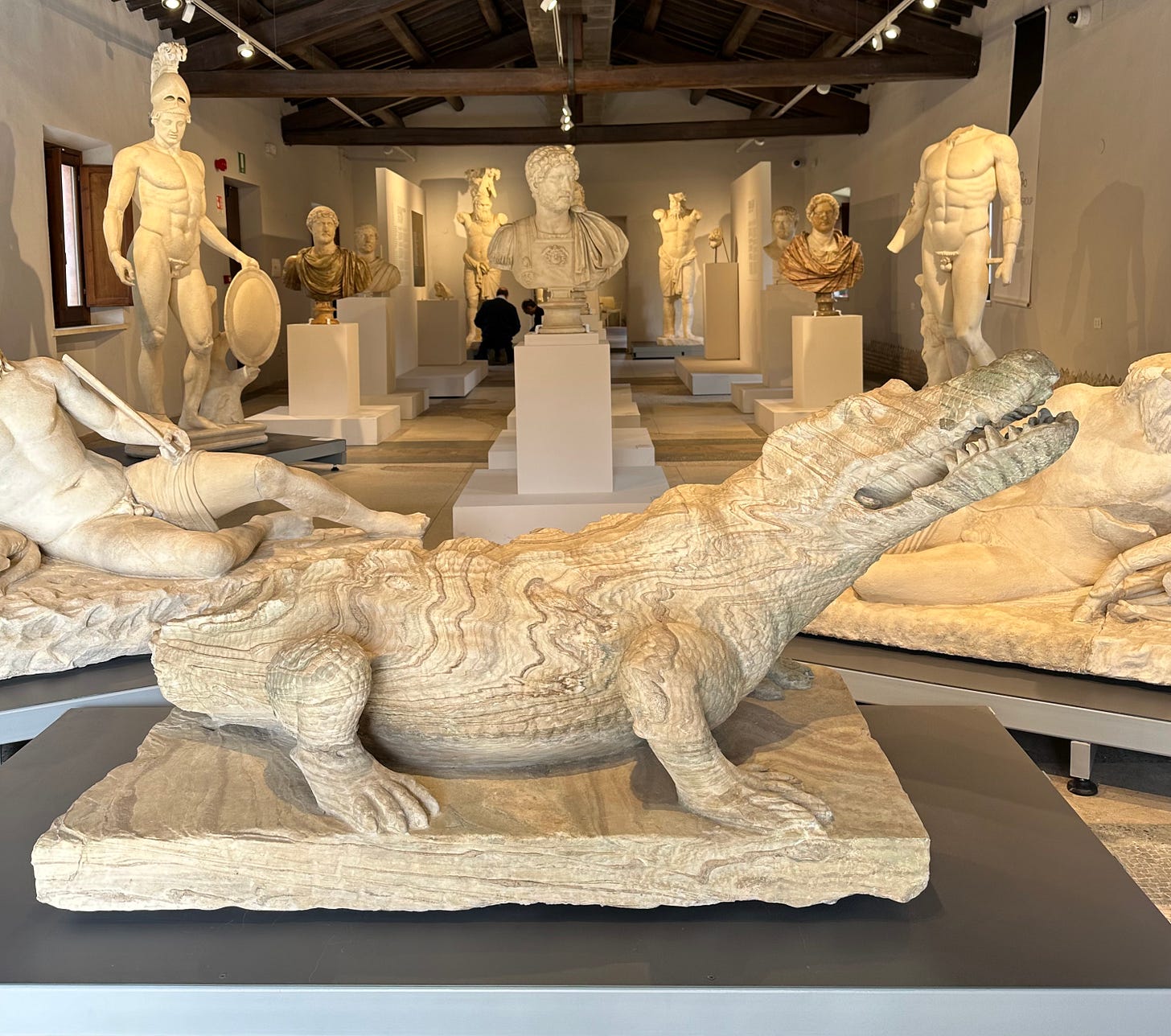
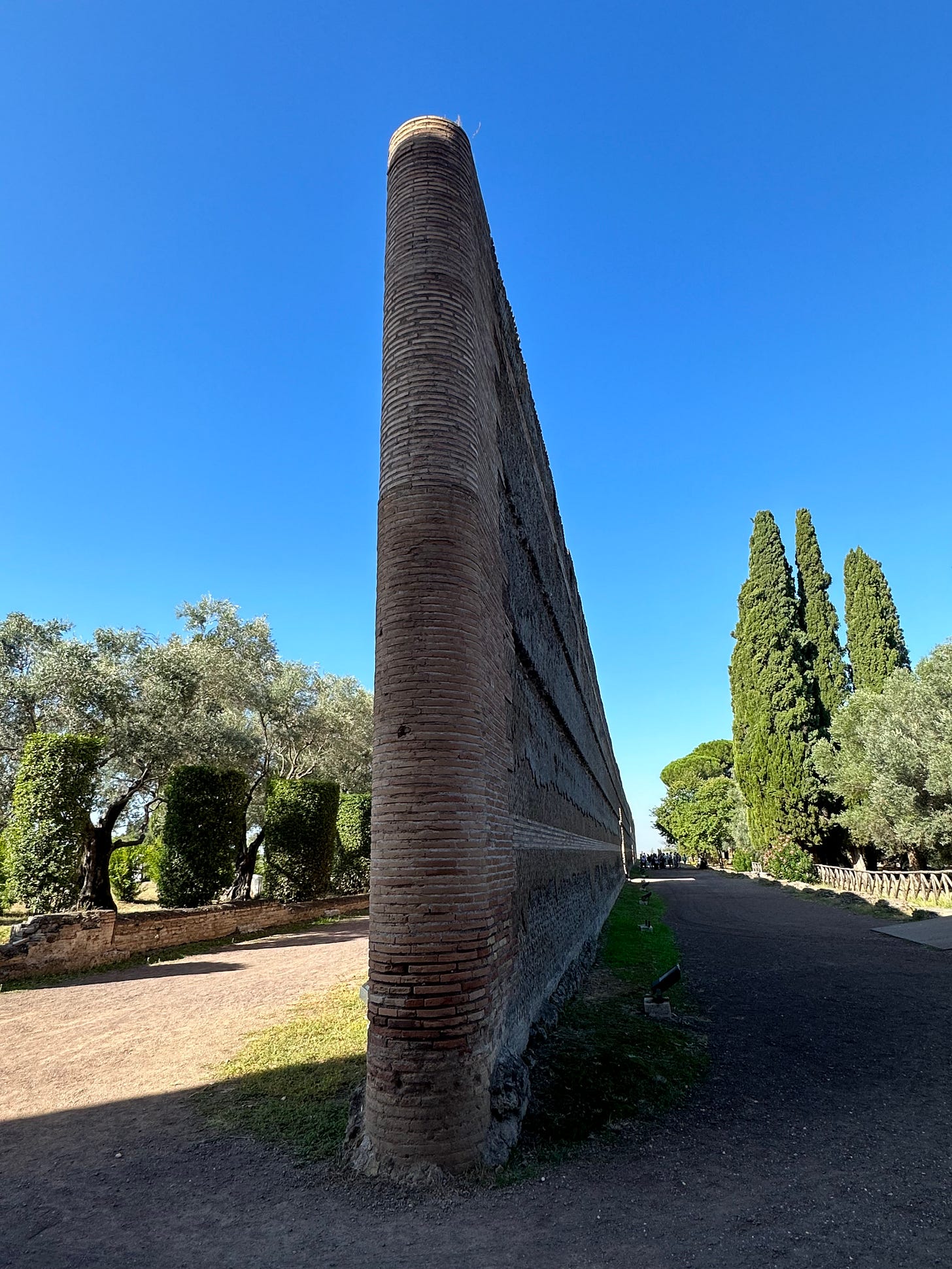
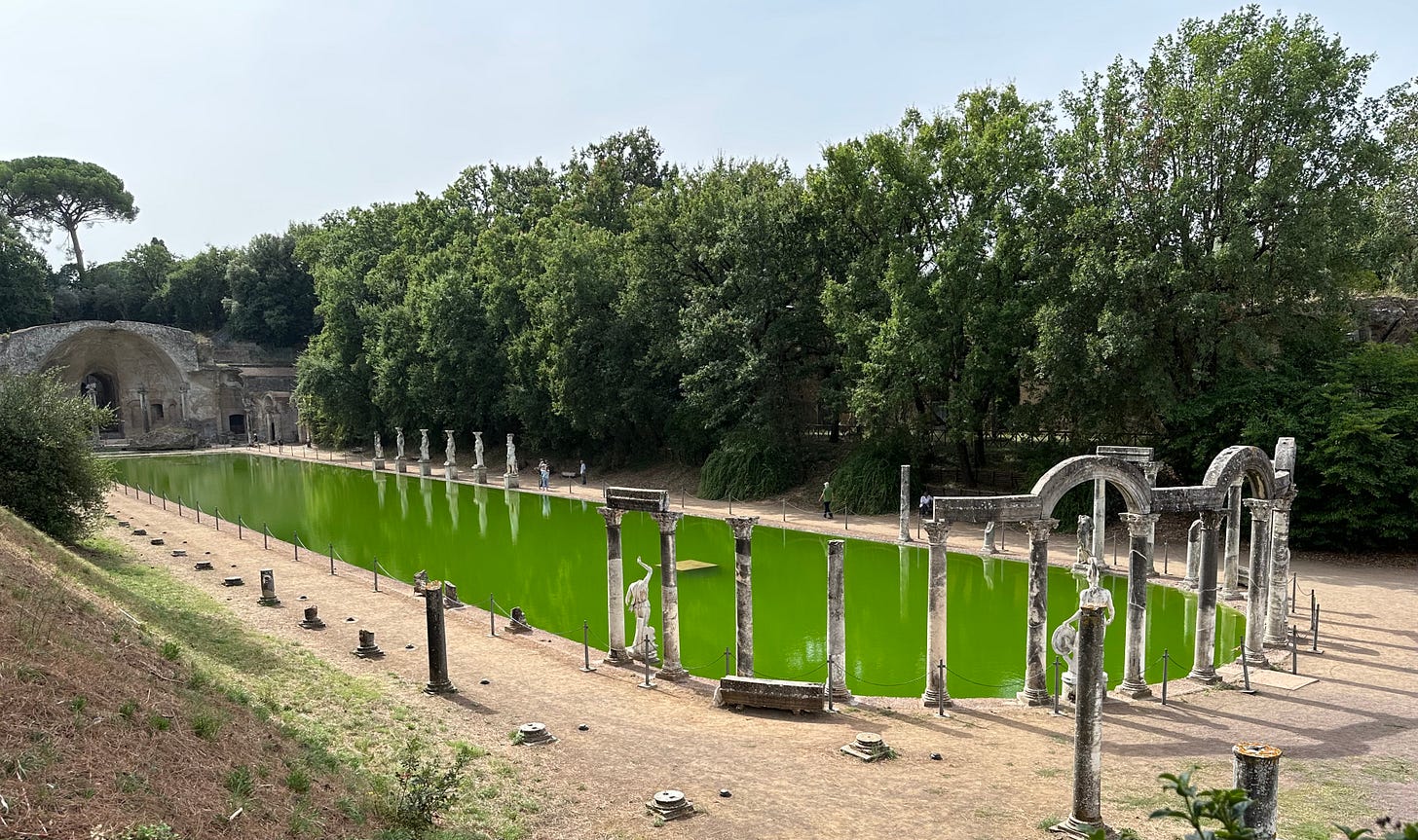



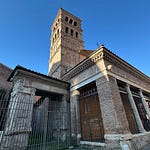
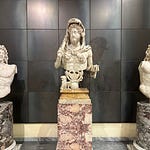
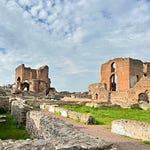
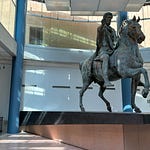

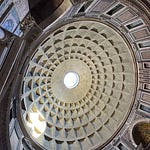
Share this post